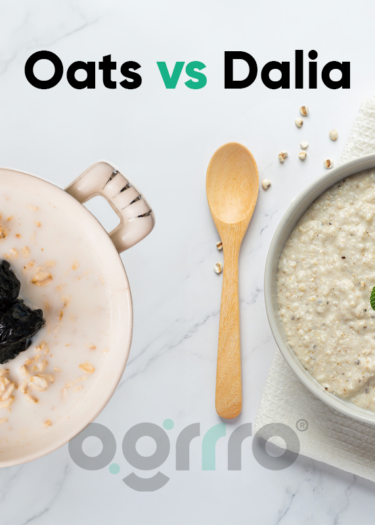Millets are a category of extremely varied small-seeded grasses that are widely farmed all over the world as cereal crops or grains for human use and fodder. Millet cultivation on the Korean Peninsula may be traced back to the Middle Jeulmun Pottery Period (about 3,500–2,000BC).
Millets were referenced in some of the earliest Yajurveda writings in India, naming foxtail millet (priyangava), Barnyard millet (aanava), and black finger millet (shyaamaka), showing that millet eating was widespread before the Indian Bronze Age (4,500BC).
In reality, as we move ahead in time, we observe that as agricultural villages gained access to irrigation, an increasing number of them lost their millet heritage.
In India, millet is still an important diet, although rapidly diminishing, for some tribal or adivasi areas. Through the green revolution, a large amount of money was invested to prompt wheat and paddy plants. Until that time millet was the staple crop for most of the people who did not have the access to reliable irrigation for their lands.
Before the green revolution, millets were almost 40% of the total cultivated grains compared to wheat and rice. However, After the revolution, the output of rice doubled and the production of wheat increased four times.
Types of Millets
Here, you will know more about the types of millets. See the information provided below.
- Foxtail Millet
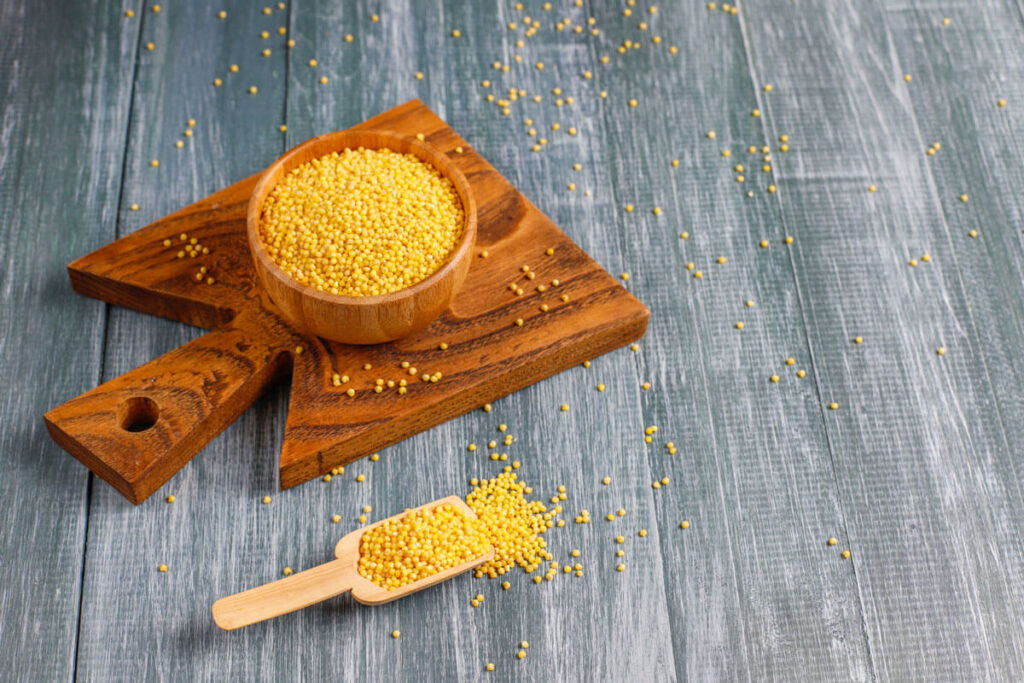
Foxtail millet, also known as Kakum/Kangni in its native land. It contains nutritious carbs that help to balance blood sugar levels. It’s iron and calcium content also aids in improving immunity. Furthermore, foxtail millets aid in the regulation of blood cholesterol and the growth of HDL cholesterol levels in the body. It is mostly grown in Andhra Pradesh, Karnataka, Telangana, and Rajasthan.
- Ragi Millet/Finger millet
Ragi is another name for finger millet. It is used as a healthier alternative to rice and wheat cereals. Ragi is gluten-free and protein-rich. Ragi is said to help children’s brain development. Mostly it is grown in Rajasthan, Karnataka, Andhra Pradesh, and Tamil Nadu.
- Pearl Millet/Bajra
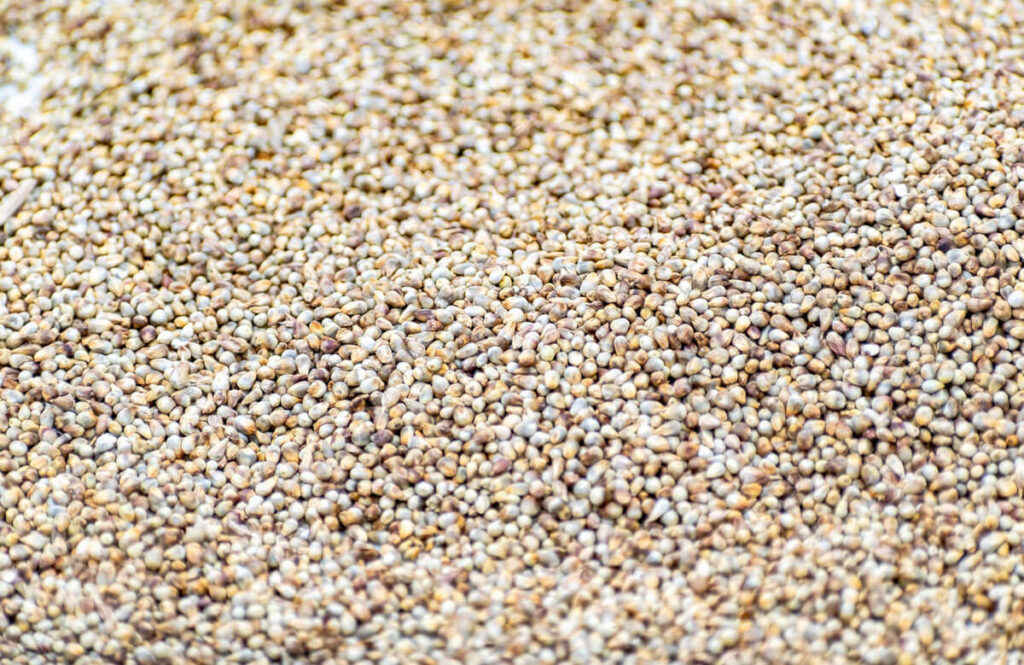
Bajra is high in nutrients. It includes calcium and magnesium, as well as protein, fiber, and iron. Consume pearl millet on a daily basis to combat type II diabetes. Mainly, bajra is grown in Rajasthan, Maharashtra, Gujrat, Uttar Pradesh and Haryana.
- Buckwheat
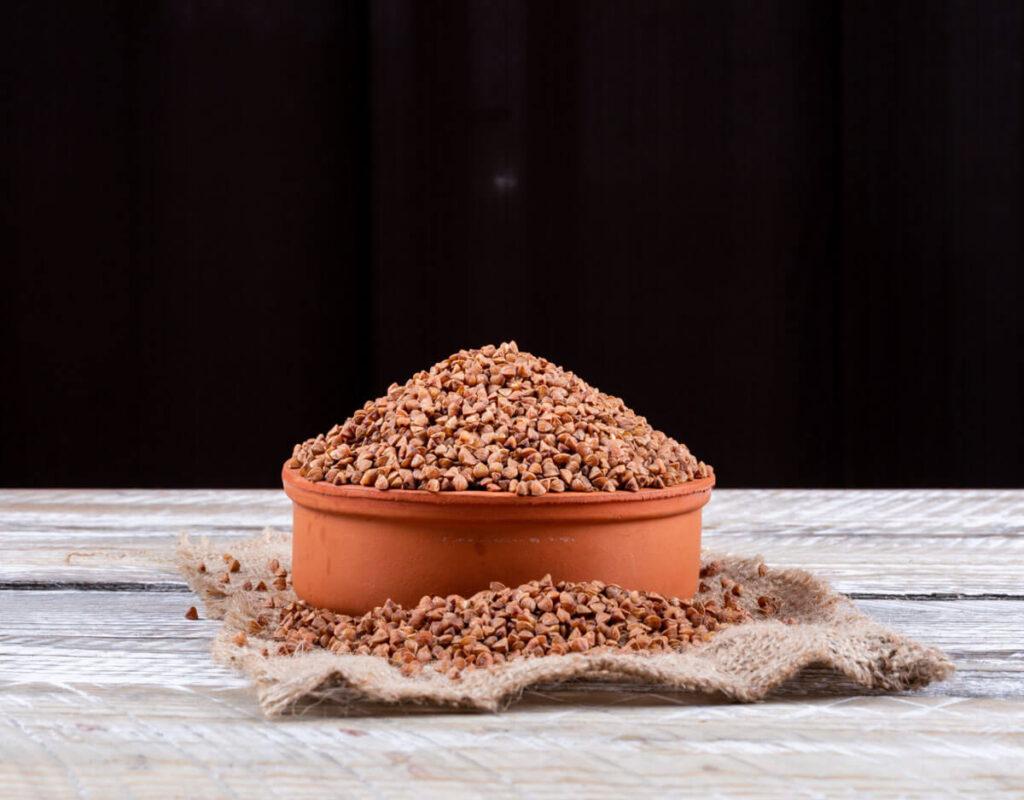
If you’re looking to reduce weight, buckwheat is the way to go. It is a diabetic-friendly meal that lowers blood pressure and promotes cardiovascular health. Buckwheat also helps to prevent illnesses including gallstones, childhood asthma, and breast cancer. It is mainly grown in Jammu and Kashmir, Uttarakhand, Himachal Pradesh, and Chattisgarh.
- Little Millet (Moraiyo/Kutki/Shavan/sama)
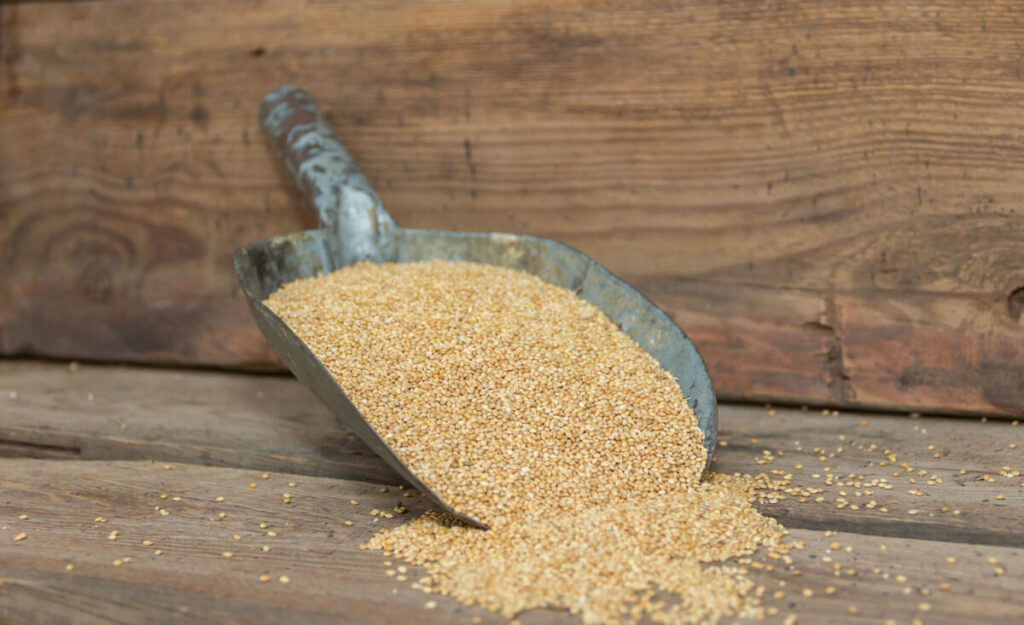
Little millet is also a good alternative for people who want to reduce weight. It can be used in place of rice. It is high in fiber and contains a variety of minerals such as potassium, zinc, iron, and calcium. It also contains vitamin B, which is beneficial to your health and acts as an antioxidant in your body. Mostly, it is grown in Madhya Pradesh, Orissa, Jharkhan, and Uttar Pradesh.
- Sorghum Millet (Jowar)

This is yet another variety of millet that is widely used in India to produce rotis and other breads. It is also known as Jowar in India. Organic jowar is high in iron, protein, and fibre, and it can help reduce cholesterol as it has policosanols. Jowar is a healthier option for people who are allergic to wheat. Jowar is mostly grown in Maharashtra, Karnataka, and Tamil Nadu.
- Amaranth Millet (Rajgira/Ramdana/Chola)
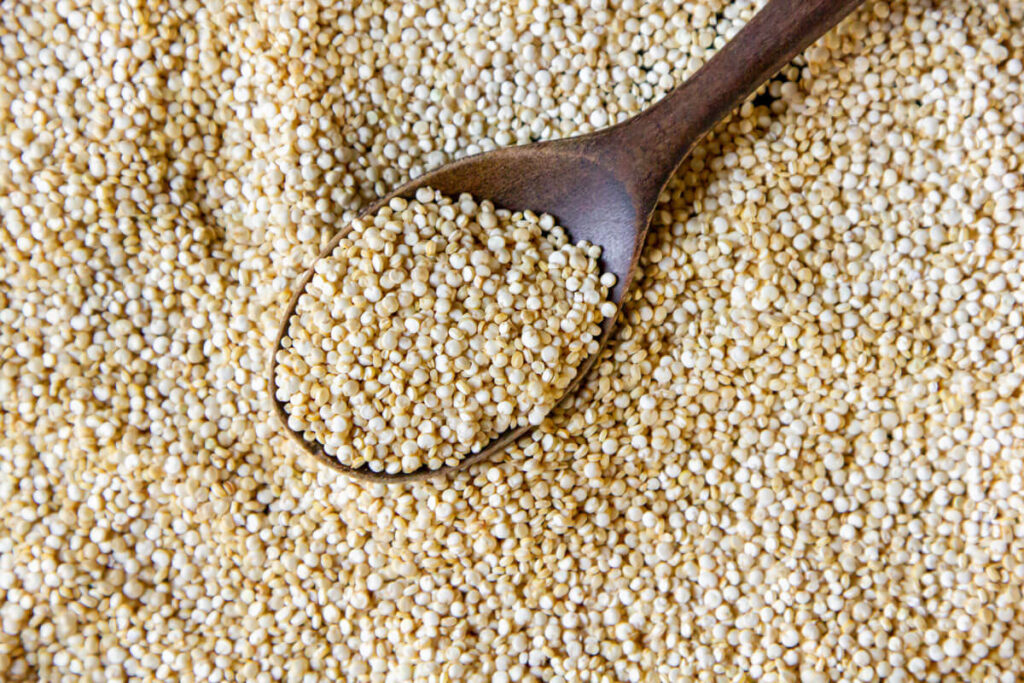
This millet is high in protein and fibre. This Millet also helps in the prevention of hair loss and greying of hair. Amaranth also reduces cholesterol levels and the risk of cardiovascular disease. It contains a lot of calcium, vitamins, and minerals. It is mainly grown in Kerala, Tamil Nadu, Karnataka, and Maharashtra.
- Barnyard Millet
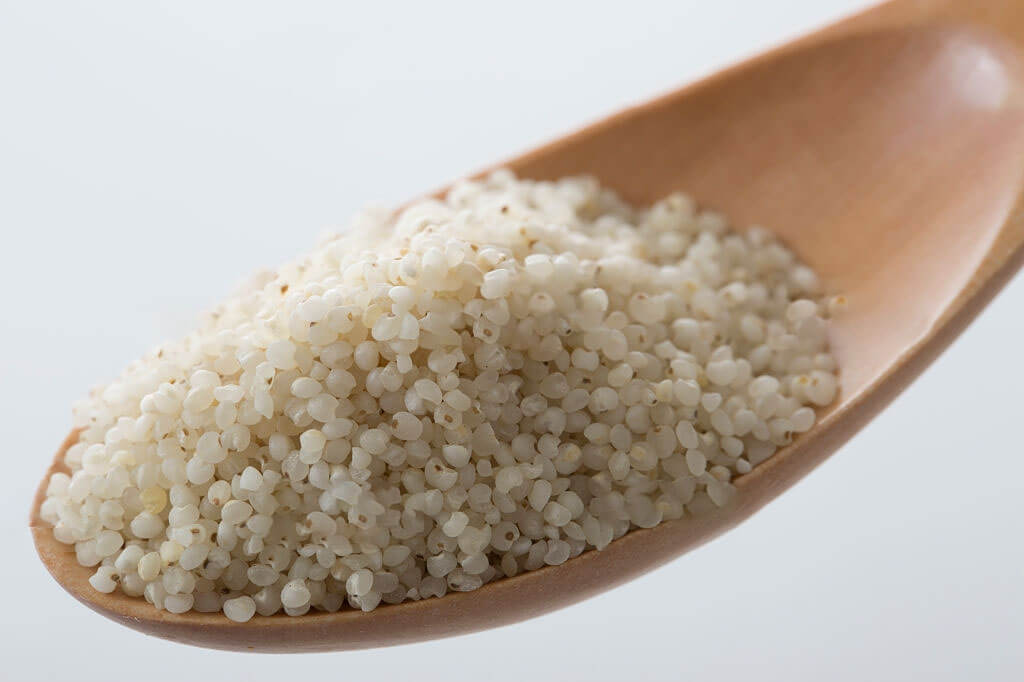
Barnyard Millet, also known as Sanwa, is a one of the popular millet. It has a greater ratio of dietary fibres, which aid in bowel movement and weight reduction. It is high in calcium and phosphorus, which can help to increase bone density. Mostly, it is grown in Tamil Nadu, Andhra Pradesh, and Karnataka.
- Broomcorn Millet
Broomcorn, also known as Chena in India, has a low glycemic index and therefore helps to regulate blood sugar levels. It is a fantastic choice for diabetics to include in their regular diet. The Indian states that grows most of it are Madhya Pradesh,
Eastern Uttar Pradesh, and Bihar.
- Kodo Millet

Kodo millet, also known as Kodon millet, is a digestible millet with greater levels of the lecithin amino acid. It has a large effect on nervous system strengthening. Kodo is an excellent source of B vitamins, mainly niacin, B6, and folic acid, as well as other vitamins and minerals. It is largely grown in Madhya Pradesh, Chhattisgarh, Maharashtra, and Tamil Nadu.
Millets producing states in India
Check out the Indian States that produce the highest amount of the millet below.

- Rajasthan
The Agriculture sector has played a significant role in encouraging farmers to grow millet. As a result, Rajasthan stands at the top of the list, with a total production of 3750.00 tonnes and a 41.03 percent share.
- Uttar Pradesh
UP came in second in bajra (millet) output. According to 2018 data, the total output was 1800.00 tonnes, with a share of 19.69 percent. The state accounts for a significant portion of India’s overall millet output.
- Gujrat
Gujarat’s total millet output is 920.00 tonnes. To be more specific, India’s stake is 10.07 percent.
- Madhya Pradesh
According to 2018 data, the overall collection of millets by MP was 760.00 tonnes, and therefore the state’s portion to India is 8.32 percent.
- Haryana
Haryana ranks fifth in millet farming, and the state is working hard to increase its overall millets production in the future years. In 2018, output increased to 750.00 tonnes, with a 7.88 percent share.
Conclusion
Today, many attempts are being made to increase the demand for millets in India and across the world, including altering people’s attitudes. Many organizations are springing up to promote this cause. Farmers are being educated about better millet-producing practices including organic farming. They are given a lot of value because of their gluten-free proclivity. There have also been several recipes going around that use millets as the basis.


